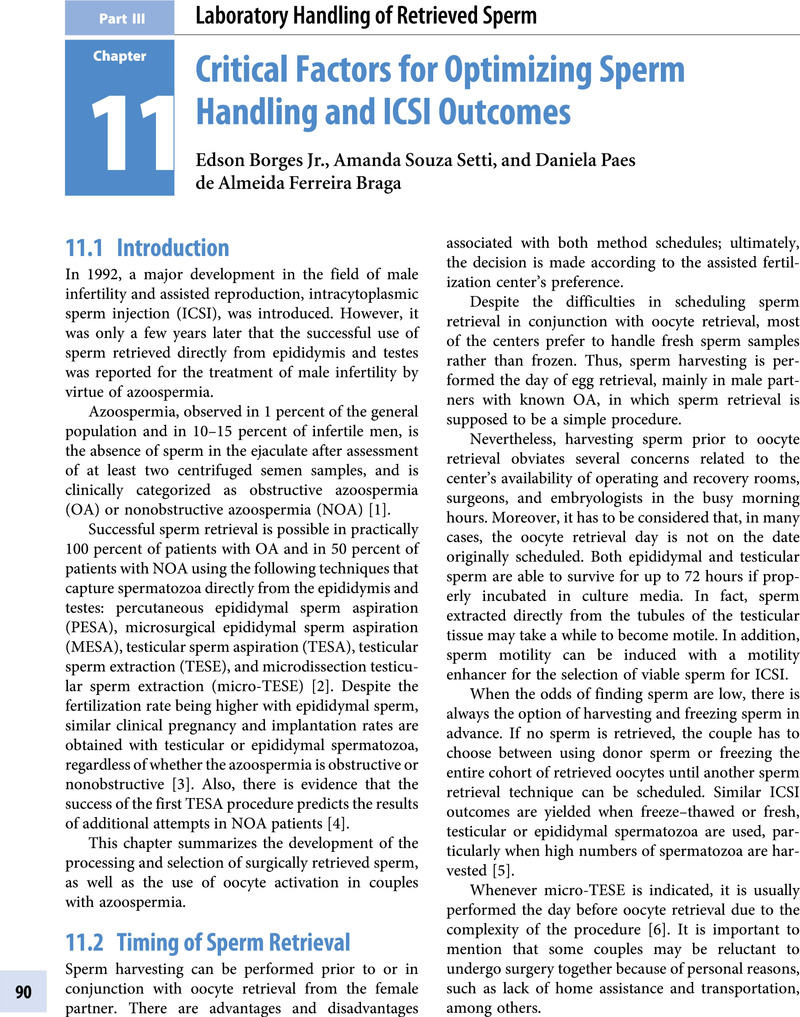Book contents
- Manual of Sperm Retrieval and Preparation in Human Assisted Reproduction
- Cambridge Laboratory Manuals in Assisted Reproductive Technology
- Manual of Sperm Retrieval and Preparation in Human Assisted Reproduction
- Copyright page
- Dedication
- Contents
- Contributors
- Editor Biographies
- Preface
- Part I Introduction
- Part II Sperm Retrieval
- Part III Laboratory Handling of Retrieved Sperm
- Index
- References
Part III - Laboratory Handling of Retrieved Sperm
Published online by Cambridge University Press: 09 April 2021
- Manual of Sperm Retrieval and Preparation in Human Assisted Reproduction
- Cambridge Laboratory Manuals in Assisted Reproductive Technology
- Manual of Sperm Retrieval and Preparation in Human Assisted Reproduction
- Copyright page
- Dedication
- Contents
- Contributors
- Editor Biographies
- Preface
- Part I Introduction
- Part II Sperm Retrieval
- Part III Laboratory Handling of Retrieved Sperm
- Index
- References
Summary

- Type
- Chapter
- Information
- Publisher: Cambridge University PressPrint publication year: 2021



